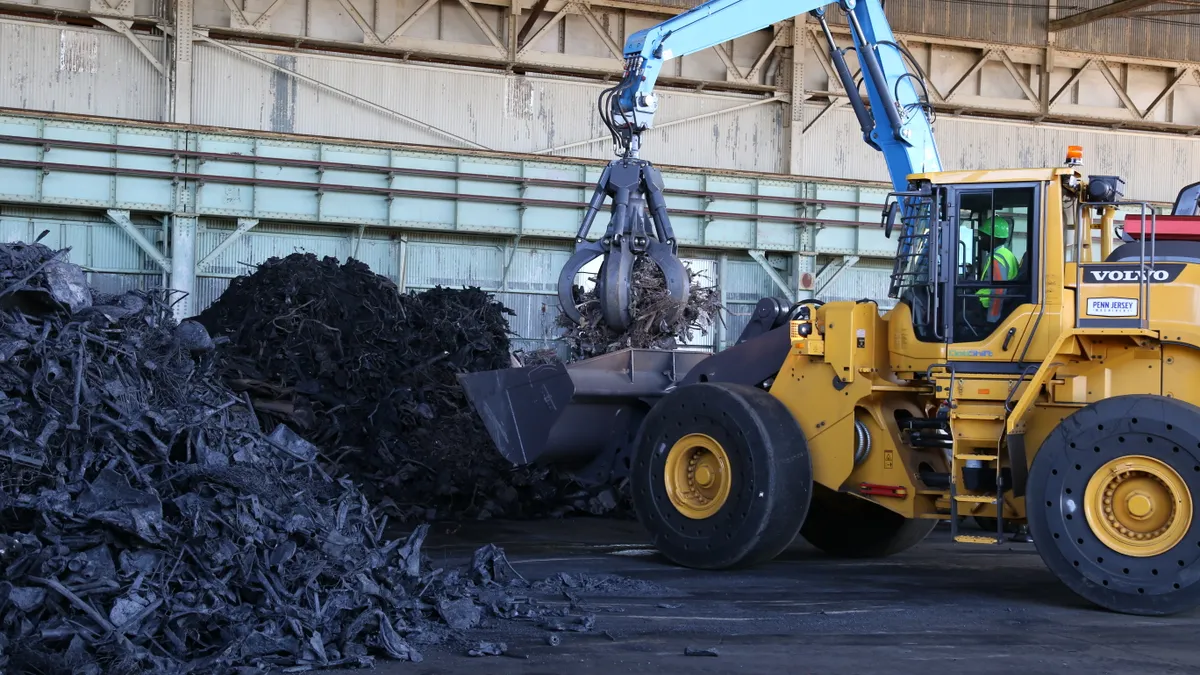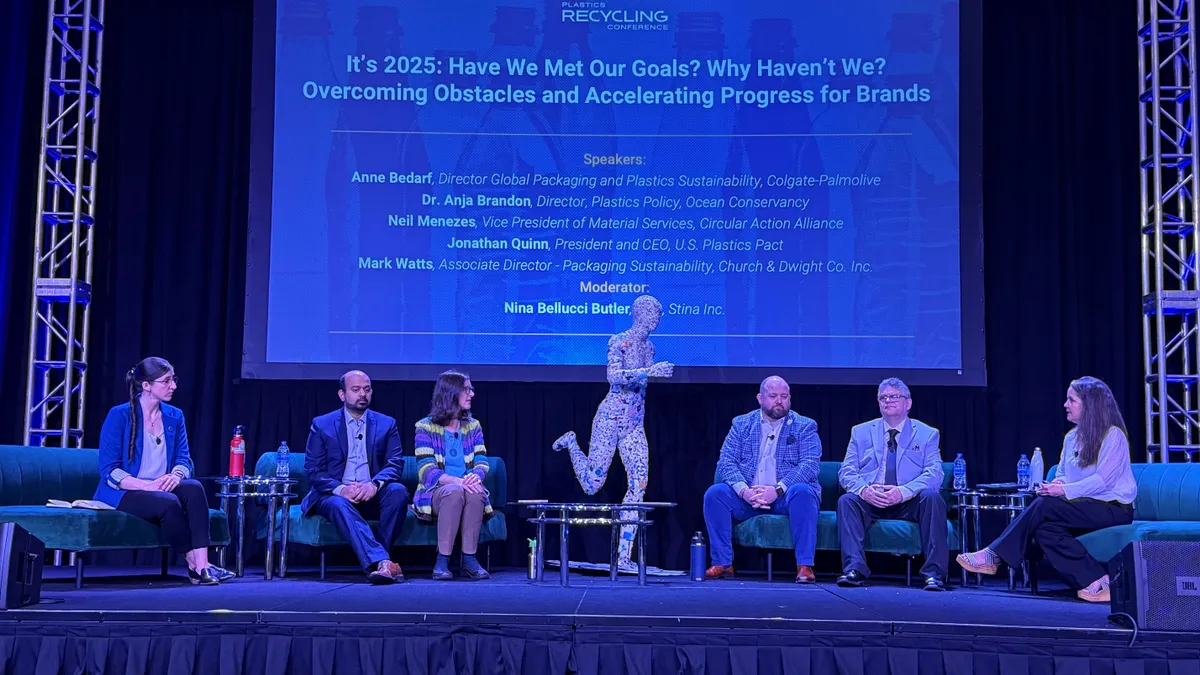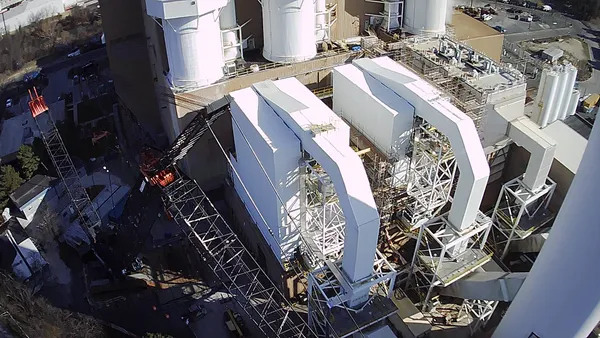Dive Brief:
- According to Covanta's latest sustainability report, the waste-to-energy company "avoided, recycled or reused" more than 900,000 tons of waste in 2016. This helped achieve a 2020 goal ahead of schedule, driven in part by an increase in metals recovery to 513,000 tons last year.
- The overall amount of greenhouse gas emissions reduced by Covanta's activities were down slightly, with divestiture from Chinese assets being a factor. The company is also less than one-third of the way toward a 2020 energy efficiency improvement goal. The amount of non-potable water used to generate steam remained steady at around 35%.
- Covanta reported compliance rates of 99.8% for stack tests and 99.93% for continuous emission monitoring (CEM) at North American facilities. The company reported all of its emissions are below federal standards, with nitrogen oxide standing out as the category that has seen the least reduction and is closest to the federal threshold. In 2016, the company was fined more than $59,000 for stack test and CEM violations.
Dive Insight:
This is Covanta's fourth full-length sustainability report and the company's latest effort to change a long-held narrative about the role of WTE facilities in creating environmental issues. CEO Stephen Jones has often talked about why he views WTE as part of the "zero waste" solution if a community's goal is to reduce landfill usage.
Though WTE is more common in other countries, it remains the topic of fierce debate in the U.S., where new facilities have been rare in recent years. Covanta has recognized this, turning its expansion efforts to the U.K. and beyond through various financial partnerships. Maintaining or expanding business at Covanta's existing facilities is of course still a top priority. A growing focus on profile waste business is part of that financial equation.
Stabilizing, if not improving, community relations and environmental perceptions is another. To address this divide, Covanta has set targets for community engagement through programs such as marine debris collection, sponsoring local sports teams and volunteering. According to the company, 446 "community interactions" occurred in 2016.
Changing public perception can still be difficult, especially when it comes to complex topics such as the role of WTE. For some environmental groups and community activists WTE is seen as anathema to "zero waste," let alone a factor in the "circular economy" that Covanta considers itself a part of. Based on the logic that WTE can help reduce greenhouse gas emissions otherwise generated if waste is sent to landfills, Covanta aims to actually increase the amount of material it processes to hit reduction targets. Metal recovery is the largest contributor to Covanta's GHG reduction progress.
Critics would say this presumes a standard baseline of waste generation and doesn't leave enough room for reduction. They also point out that WTE facilities aren't just putting out carbon dioxide, but other potentially harmful emissions. According to Covanta, overall emissions have been reduced by 50% since 2007. This has been achieved through investment in new technology, such as baghouse filters, and led to a particularly large cut in dioxins. The company also commonly counters reduction concerns with the argument that it's still better to capture some value from material that isn't traditionally recyclable rather than put it in a landfill.
With no easy answers in sight, this fight over the true meaning of "zero waste" can be expected to be a part of local policy discussions for the foreseeable future.















